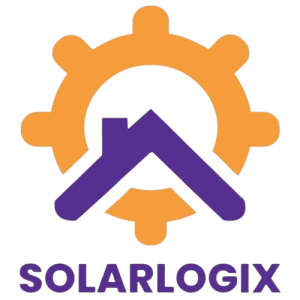What is it?
An On-Grid Solar System is connected to the utility grid. It operates by harnessing solar energy during the day and feeds excess energy back to the grid. The system operates in synchronization with the local Discom and has a metering agreement for crediting excess power to the grid.
Key Features:
- Net Metering: Earn credits for surplus power fed back to the grid.
- Grid Connectivity: Stable energy supply, as the system automatically switches between solar power and grid power.
- Cost Efficiency: Reduces electricity bills by drawing power from the grid when solar energy is insufficient.
How it Works:
- Solar panels capture sunlight and convert it into DC power.
- An inverter converts DC to AC power for household use.
- Excess power is fed into the grid and accounted for by the metering system.
Illustrations:
- A flowchart showing sunlight, solar panels, inverter, household appliances, grid, and the energy flow.
- Diagram highlighting how net metering works (solar energy going to the grid).
Why Choose This?
- Lower electricity bills and environmental impact.
- Dependable energy, even at night.
- Eligible for government incentives (if applicable).


